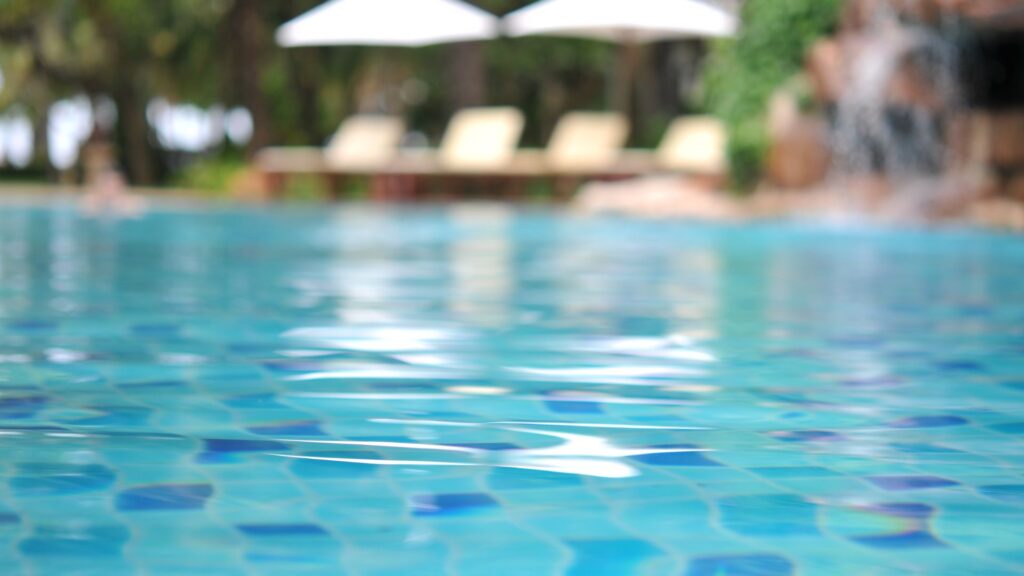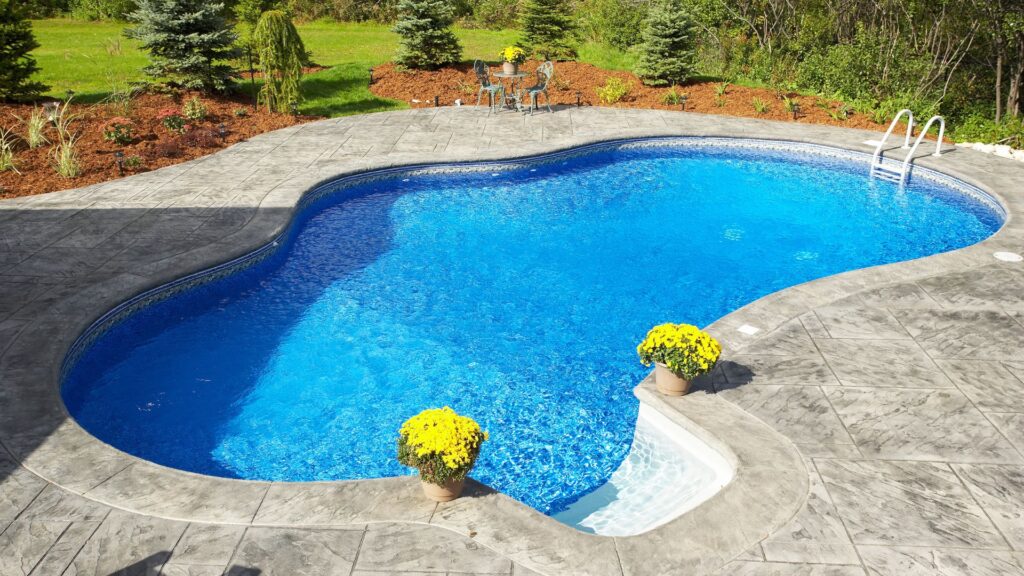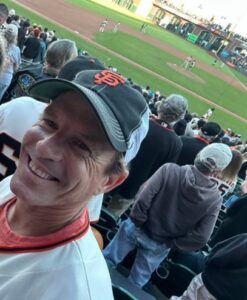Ready to revolutionize your pool pump prowess? Don’t let your pool pump problems plunge you into despair – with a little know-how, you can tackle any issue head-on. From identifying common pool pump woes to mastering the art of repair, this guide will empower you to become the hero of your pool maintenance saga. Discover how to diagnose and repair your pool pump like a pro. So, grab your tools, tighten those goggles, and get ready to dive into the world of pool pump problem-solving.
Key Takeaways
- Lack of water flow in your pool pump may be caused by clogged filters, skimmer baskets, or the impeller.
- Strange noises coming from your pool pump may indicate problems with the motor or bearings.
- Leaking can occur at the pump seal, pipe connections, or housing.
- Lack of pressure in your pool pump may be a result of debris or damage to the impeller.
How to Diagnose and Repair Your Pool Pump: Understanding the Basics
To understand the basics of pool pump repair, you need to familiarize yourself with the components and functions of a pool pump. A pool pump consists of several key components that work together to circulate water and maintain proper filtration. The main components include the motor, impeller, strainer basket, and housing. The motor is responsible for powering the pump and creating the necessary suction force. The impeller, located inside the housing, is responsible for moving water through the pump and into the filtration system. The strainer basket helps to prevent debris from entering the pump and causing damage.

When troubleshooting pool pump issues, it is important to start by checking the power supply and ensuring that the motor is functioning properly. If the motor is working but the pump is not circulating water, it could be due to a clogged impeller or a blocked strainer basket. In such cases, cleaning or replacing these components can often resolve the issue. If the pump is making unusual noises or leaking, it may indicate a problem with the housing or seals, which may require replacement. By understanding the different components and their functions, you can effectively troubleshoot and repair common pool pump problems, ensuring that your pool remains clean and properly filtered.
How to Diagnose and Repair Common Pool Pump Issues
If you’ve familiarized yourself with the components and functions of a pool pump, you can now move on to identifying common issues that may arise. Troubleshooting tips will help you determine the cause of the problem and find the appropriate solution. Here are four common pump malfunctions you may encounter:
- Lack of Water Flow: If the water is not circulating properly, check for clogged filters, skimmer baskets, or impellers. Clean or replace any blocked or damaged parts to restore proper flow.
- Strange Noises: Unusual noises such as grinding, squealing, or rattling could indicate a problem with the motor or bearings. Check for loose or worn parts and tighten or replace them accordingly.
- Leaking: Inspect the pump for any signs of leakage, such as water puddles or wet spots. Common areas for leaks include the pump seal, pipe connections, or the housing. Replace faulty seals or tighten loose connections to prevent further leakage.
- Lack of Pressure: If the pump is not generating enough pressure, check the impeller for debris or damage. Clean or replace the impeller as needed. Additionally, inspect the pump basket for clogs and clean it out.
How to Diagnose the Problem
To diagnose the problem with your pool pump, you will need to carefully observe the symptoms and conduct a systematic examination of its components. By following these troubleshooting techniques, you can identify and address common pump malfunctions.
First, check the power supply to ensure the pump is receiving electricity. If there is power, but the pump is not running, inspect the motor for any signs of damage or overheating. A burnt smell or unusual noise may indicate a faulty motor.
Next, examine the pump’s impeller for any clogs or debris. A blocked impeller can restrict water flow and cause the pump to lose efficiency or stop working altogether. Clean the impeller if necessary, ensuring all obstructions are removed.
Inspect the pump basket and filter for any signs of blockages or damage. A clogged basket or dirty filter can impede water circulation, leading to reduced pump performance. Clean or replace the basket and filter as needed.
Lastly, check the pump’s plumbing connections for leaks or loose fittings. A leaky connection can cause a drop in water pressure, affecting the pump’s performance. Tighten any loose connections or replace faulty seals.
Repairing Your Pool Pump
Now let’s delve into the process of repairing your pool pump like a pro. When it comes to pool pump troubleshooting, it’s important to address common pump problems efficiently and effectively. Here are four key steps to help you get your pool pump up and running smoothly again:

- Inspect for leaks: Check all the connections, seals, and valves for any signs of leakage. Replace any damaged or worn-out components to prevent further issues.
- Clean or replace the filter: A clogged or dirty filter can put strain on the pump and hinder its performance. Remove the filter and clean it thoroughly or replace it if necessary.
- Clear debris from the impeller: The impeller is responsible for circulating the water in the pump. Remove any debris or obstructions that may be blocking the impeller’s movement, ensuring proper water flow.
- Check the motor: Examine the motor for any signs of damage or overheating. If you notice any issues, such as burnt-out wires or a faulty capacitor, consider replacing or repairing the motor to restore optimal functionality.
Maintenance Tips for Long-Term Performance
For long-term performance, it is essential to regularly maintain your pool pump to ensure smooth operation and prevent unnecessary breakdowns. By taking preventive measures and following troubleshooting techniques, you can extend the lifespan of your pool pump and keep it running efficiently.
One of the most important preventive measures is to regularly clean and inspect your pool pump. Remove any debris, leaves, or dirt that may have accumulated in the pump basket or impeller. Check for any signs of wear or damage, such as leaks or cracks in the pump housing or motor. It is also important to regularly clean the pool filter and backwash it as needed.
In addition to regular cleaning, it is crucial to maintain proper water chemistry in your pool. Imbalanced water can cause damage to the pump and other pool equipment. Test and adjust the water’s pH, alkalinity, and sanitizer levels regularly to ensure they are within the recommended range.
When troubleshooting your pool pump, start by checking the power supply. Ensure that the pump is properly connected to a reliable power source and that the circuit breaker is not tripped. Check for any loose electrical connections or damaged wiring.
If your pump is making unusual noises or not pumping water effectively, it may be an issue with the impeller or motor. Inspect the impeller for any clogs or damage, and replace if necessary. If the motor is not running smoothly, it may need to be serviced or replaced.
Learn more about how to diagnose and repair your pool pump.

Frequently Asked Questions
How Often Should I Clean the Pool Pump Strainer Basket?
To maintain efficient operation, clean your pool pump strainer basket regularly. The cleaning frequency depends on factors such as pool usage and debris levels. Proper maintenance ensures optimal performance and extends the lifespan of your pump.
What Is the Average Lifespan of a Pool Pump Motor?
The average lifespan of a pool pump motor varies depending on factors like usage and maintenance. Signs of a failing motor include strange noises, reduced water flow, and overheating. Regular pool pump maintenance can help prolong its lifespan.
Can a Clogged Pool Filter Cause the Pump to Malfunction?
A clogged pool filter can definitely cause your pump to malfunction. It’s important to regularly maintain your pool filter to prevent any issues. If you’re troubleshooting pool pump problems, start by checking the filter.
How Can I Determine if My Pool Pump Is the Correct Size for My Pool?
To determine if your pool pump is the correct size for your pool, evaluate its efficiency and look for signs of an undersized pump, such as inadequate circulation and poor water quality.
Are There Any Specific Safety Precautions I Should Follow When Repairing My Pool Pump?
When repairing your pool pump, it’s crucial to prioritize safety. Make sure to wear the proper safety gear, such as goggles and gloves. Additionally, take necessary electrical precautions, like turning off the power before starting any repairs.





 Alex Cota
Alex Cota  Sophie Pekic
Sophie Pekic Rudy Reyes
Rudy Reyes  Mark Harlan
Mark Harlan Kevin Hall
Kevin Hall  Howard (Howie) Van Lare
Howard (Howie) Van Lare  Chris Cavalerro
Chris Cavalerro 

 Betty Garmendina
Betty Garmendina George Wallace
George Wallace Zach Zastrow
Zach Zastrow Jorge Salazar Bernal
Jorge Salazar Bernal Mike Watson
Mike Watson Jane Ciuchta – Hired 2015
Jane Ciuchta – Hired 2015 Bruce Muir – Hired 2020
Bruce Muir – Hired 2020 David-Metzger – Hired 2014
David-Metzger – Hired 2014 Robin Clarke – Hired 2019
Robin Clarke – Hired 2019 Maddi Davidson – Hired 2022
Maddi Davidson – Hired 2022 John Albachten – Hired 2015
John Albachten – Hired 2015 Jay Bergmann – Hired 2023
Jay Bergmann – Hired 2023 Summer Venegas – Hired 2017
Summer Venegas – Hired 2017 Rebecca Jones – Hired 2015
Rebecca Jones – Hired 2015 Jane Doe – Hired 2014
Jane Doe – Hired 2014